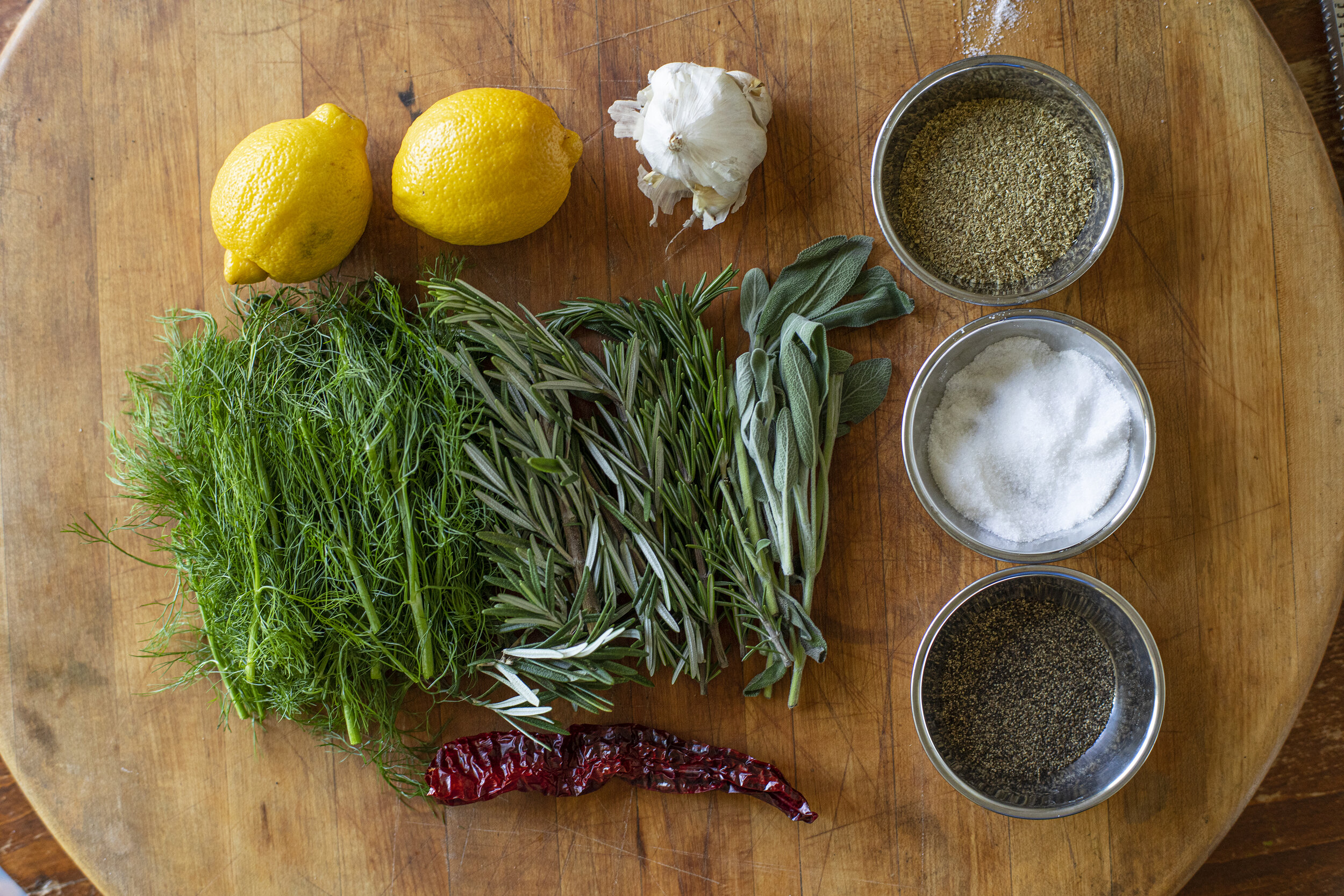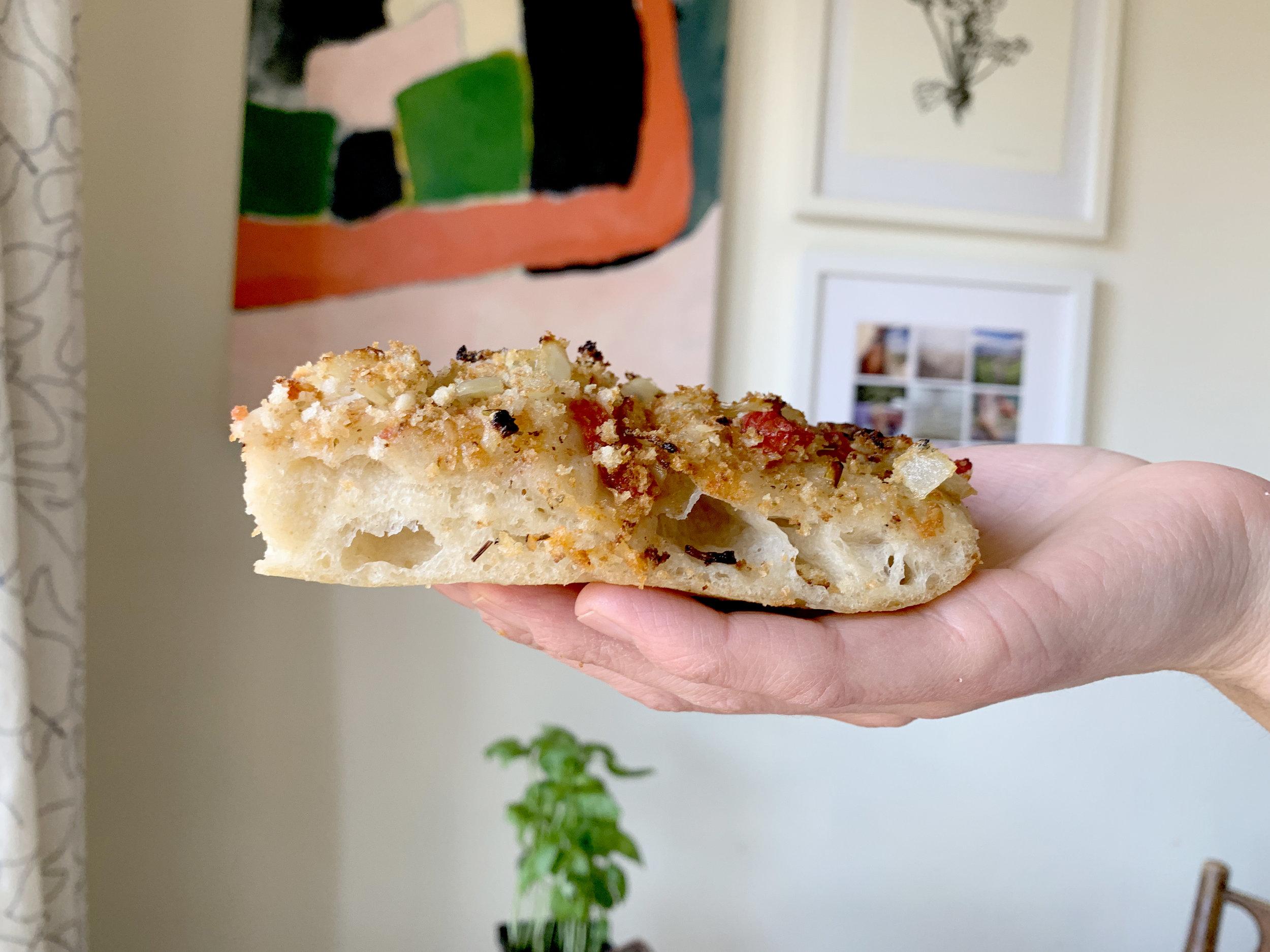Vanilla Bean Panna Cotta with Wild Berries
Vanilla bean panna cotta with wild berries was the consolation prize for the continued wait for my favorite chanterelle spot. I came home with an abundance of wineberries and blackberries which I reduced with Marsala and sugar and drizzled on top of these creamy mountains of panna cotta. Super simple summer dessert to combat the heat. Recipe as follows and video of the process below.
Ingredients
1 quart heavy cream
1 cup half and half
1/2 cup granulated sugar
1 whole vanilla bean, split and scraped
2 3/4 tsp unflavored gelatin powder
3 tbsp water
1 tbsp honey
2 cups of fresh berries
1/2 cup of Marsala
1/2 cup granulated sugar
Panna Cotta Instructions
In a saucepan, combine the cream, half and half, sugar, honey, and vanilla bean (both the seeds, scraped and removed, and the entire bean itself which you’ll remove later). Bring the mixture to a low simmer. Cover, remove from heat, and set aside for 15 minutes.
Mix together the gelatin powder and the water in a small bowl while the cream steeps.
Uncover the cream and bring back to a low simmer. Remove from the heat again and add in the gelatin mixture, stirring with a whisk. Remove the vanilla bean. Allow to cool for a few minutes while you set up your ramekins, bowls, or glasses in which you will pour in the cream mixture.
Carefully ladle equal portions of the cream mixture into each container, cover with plastic wrap, and refrigerate for at minimum of 3 hours up to 24 hours. This is a good recipe to make ahead.
If you want to keep it easy, just serve the panna cotta in the bowl or glass with the berry mixture poured over the top. Or if you want a slightly fancier presentation you can remove the panna cotta by quickly lowering the ramekin into a warm bath of water, freeing the edges with a knife, and carefully flipping it oven onto the surface of your plate. It will hold it’s shape.
Berry Sauce Instructions
Bring the Marsala to a simmer in a saucepan.
Add the sugar and continue stirring for about 5 minutes.
As it begins to reduce, add in your fresh berries. I used a combination of wild blackberries and wineberries but any berry would be good for this.
Continue simmering for another 10 -15 minutes, stirring frequently, and mashing the berries to release all of their juices.
After the mixture is thickened, remove from the heat and pass it through a fine mesh sieve and reserve all of the wonderful sauce that is extracted. Allow to cool before drizzling over the top of your panna cotta with a handful of fresh berries.



























